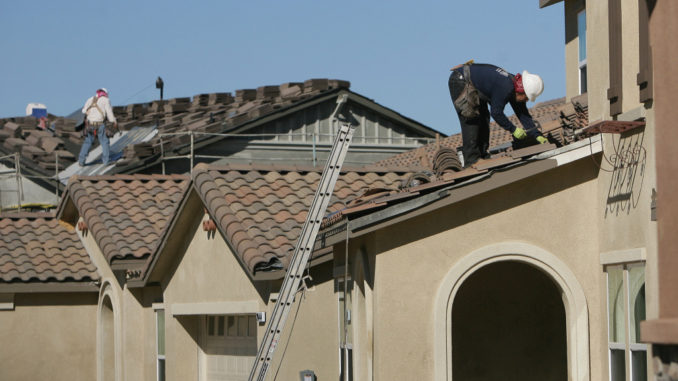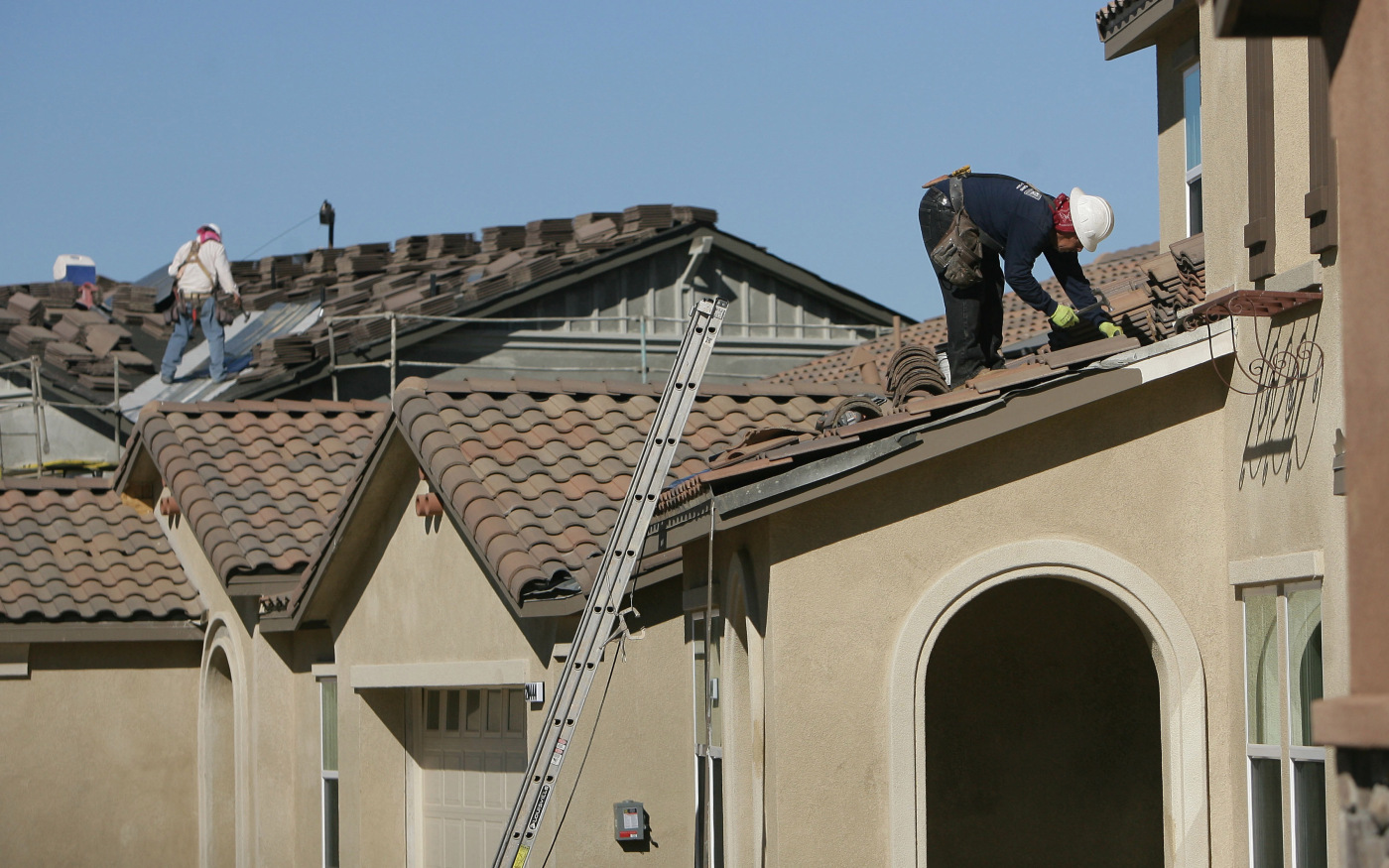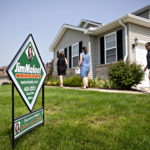
Way back when humans lived in unlit caves – which it looks like we may do again soon in California – housing was fairly simple. No cave-dwelling dictator commanded which people, and how many, would live in each cave, and pay what rent, or carved out special treatment for “specified subcategories.”
But such coercion is liberally applied these days in state lawmakers’ attempt to repair the damage they have for decades inflicted on California’s housing market with their version of Central Planning.
UC Riverside’s Inland Center for Sustainable Development and the Greenlining Institute in Oakland are among the analysts releasing scorecards on how well state lawmakers did regarding housing during this just-concluded session. These groups’ bottom line: this year’s repairs were spare.
Gov. Gavin Newsom came to office vowing to build 3.5 million new units (500,000 a year) by 2025. That’s off to a slow start. But the number of available dwellings is just one of the priorities of the state’s housing policy, if that’s the right phrase.
Among the other objectives: high density housing near mass transit; using housing to achieve racial and social justice as defined by the political class; carbon neutrality; a certain percentage of new housing labeled “affordable,” and other restrictions considered essential to maintain or improve the environment.
State government has poured a lot of your cash into implementing most of those goals, some of which are admirable, with mixed results.
The Greenlining Institute lamented the failure of a bill that would have allowed additional dwellings in single-family neighborhoods. The institute’s Adam Briones wrote in these pages that progressives don’t want people of color in the “wealthy, exclusive neighborhoods” wrought by single-family zoning. He argued that discrimination against people of color comes from “redlining” – defined on the institute’s website as “denying services to people of color” – and single-family zoning.
UC Riverside’s scorecard, meanwhile, focuses on what the politicians wanted vs. what they got in this lockdown-hampered year.
Two bills allowing conversion of commercial buildings into housing failed. Five bills that would have reduced permit fees failed. One of two bills expanding “density bonuses” failed. Of five bills that sponsors said would have improved zoning, four failed. Five bills were proposed that would have speeded up approvals; all failed.
These scorecards reflect a notion, shared by the Slick Sophists of Sacramento and their supporters, that we just need to tinker a bit more, pass a few more laws … But previous such steps have got us to where we are. More of it won’t help.
The issue is not an inability to think up ideas to address the housing crisis. Legislators, lobbyists and people at places like UCR and the Greenlining Institute have all advanced innumerable proposals they believe would help.
But practically all of those ideas involve either an expansion of state power or a carve-out where some exception is made to an existing law. Which is to say, they mean doing more of what we’ve been doing the past 40 years.
Check out “density bonuses.” The Legislative Analyst’s Office said the first density bonus law (incentives to increase maximum allowable density) was enacted in 1979 to help address an “affordable housing” shortage and encourage building of more moderate- to low-income dwellings.
Forty years later, the LAO wrote, “The state faces the same affordable housing challenges.” We have passed numerous laws expanding state power, legislating incentives, carving out exceptions, running costs into the stratosphere and 40 years on, we have basically gotten nowhere.
Reasonably free markets correct imbalances such as the one plaguing California housing. Too much tinkering in Sacramento has turned the enterprise into a negative, sent costs soaring and reduced quality and supply. For some Californians, an unlit cave might be looking good about now.
Alternate view of single-family zoning: Most neighborhoods are neither wealthy nor exclusive. Most residents just want to avoid density and the more frenetic lifestyle of urban dwellers. That’s not racism.
Some regulation, smartly and evenly applied, can help ensure developments do minimal environmental damage and have adequate water supplies. “Redlining” or other unfair discrimination – if, say, a coastal enclave of wealthy progressives is barring people of another race or ethnic group – is already against the law and should be prosecuted.
But markets don’t get freer with the voluminous exercise of state power that we’ve seen for years from Sacramento. Reduce that, and housing likely will be more plentiful, and cheaper.
Reach Roger Ruvolo at rruvolo@att.net






